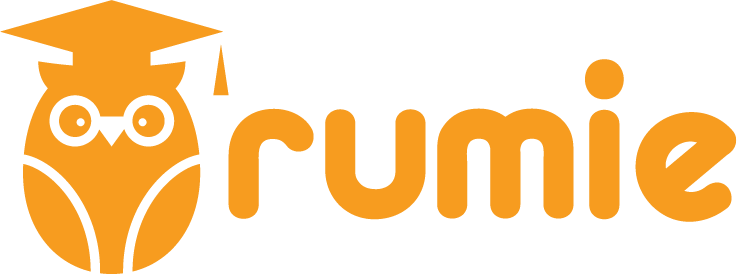Imagine that you go to orientation for a new job. You don't know anyone and you're nervous about making a good impression.
The facilitator asks you to play a get-to-know-you game where you have to reveal information that's too personal or dance in front of strangers to introduce yourself.
Would that activity help you feel more comfortable with other participants?
Get-to-know-you activities can be well-intentioned but if they're poorly planned, they can create anxiety, negative feelings towards the host organization, and a loss of trust.
The End Goal
Have the participants met before? Will they be meeting with each other only for the day, or will they be building deeper relationships over weeks, months, or years?
Short-term Connections
Keep activities simple and on a small-talk level to help participants become comfortable with strangers they won't see again.
Two Truths and a "Lie": Participants share two true facts about themselves and one "lie". Other participants try to guess the lie.
Long-term Connections
Where participants will be more invested in each other, they'll be more trustful of each other and more comfortable sharing things about themselves.
Questions: Participants get a list of questions that a general audience can answer. This will help them build connections with each other. Some examples:
What's your favorite car?
Do you garden?
How many pets do you have?
Have you ever built something?
Quiz
If participants will only be meeting for a short period of time, it's best to pick activities that:
Size Of The Group
Would you like participants to participate in a whole group setting or in smaller groupings? You can have larger groups meet in “breakout” groups for smaller, less intimidating groups.
For Smaller Groups
Guess Who: Everyone writes down a fact about themselves and the whole group tries to guess who the fact belongs to.
Participants can interact with the whole group without feeling like they're sharing too much information.
For Larger Groups
People Bingo: Participants mingle with each other to mark off spaces on a bingo board with options like "speaks more than one language" or "is left-handed".
Candy Introductions: Participants pick colored candy and share information about themselves that correlates to each color. Provide a color key: red = favorite food, blue = favorite place to visit, green = favorite hobbies, etc.
These activities are great for larger groups because they provide participants with talking points and interactions can still be had one-to-one.
Quiz
Breakout groups are helpful for larger groups because:
Space And Sound
The types of activities will depend on how much space you have and how much sound you can make. When you have more space, participants can be more active and have more room for conversations.
Quiet/Big Space Ice Breaker:
4 Corners: Make four signs that say, Strongly Agree, Agree, Disagree, Strongly Disagree to label the corners of a room.
Pick a mildly contentious topic:
I love pineapple pizza.
We should have unlimited vacation days.
Dogs are better than cats.
After the host shares the topic, people move to the area that matches their opinion and have a discussion.
Loud/Small Space Icebreaker:
Pictionary: People write down books, movies, or another theme on small pieces of paper and put them into a bowl.
One person picks a piece of paper with a word and draws a picture of that word. Participants shout out guesses until someone is right and they get a point, then go on to the next participant.
Divide people into teams or not depending on the size of the group.
Take Action
Consider these questions and start selecting appropriate get-to-know-you activities:
Your feedback matters to us.
This Byte helped me better understand the topic.
